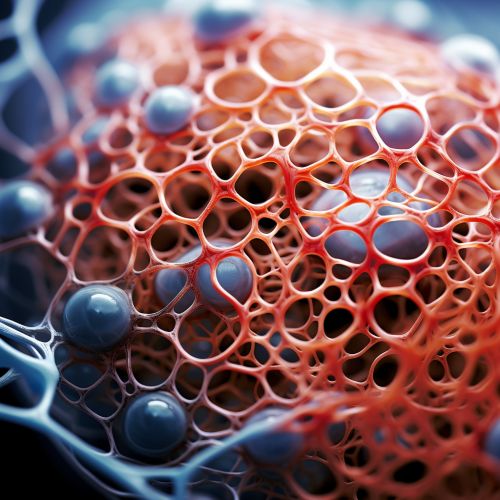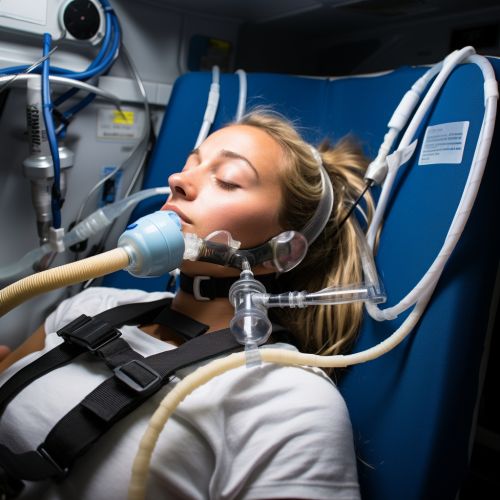Hypoxia (medical)
Introduction
Hypoxia is a condition in which the body or a region of the body is deprived of adequate oxygen supply at the tissue level. Hypoxia may be classified as either generalized, affecting the whole body, or local, affecting a region of the body. Although hypoxia is often a pathological condition, variations in arterial oxygen concentrations can be part of the normal physiology, for example, during hypoventilation training or strenuous physical exercise. Hypoxia is a common complication of preterm birth in newborn infants.


Causes
Hypoxia can result from a variety of factors, including anemia, in which there is not enough hemoglobin in the blood, and pulmonary edema, where the lungs fill with fluid. Other causes can be grouped into hypoxic, anemic, stagnant, or histotoxic hypoxia. Hypoxic hypoxia is low oxygen levels at high altitude, which can lead to altitude sickness, while anemic hypoxia is due to decreased availability of hemoglobin. Stagnant hypoxia is due to decreased capillary blood flow, and histotoxic hypoxia is due to cyanide poisoning, which inhibits the ability of cells to utilize oxygen[1].
Symptoms
The symptoms of hypoxia depend on its severity and duration. Acute hypoxia can cause shortness of breath, rapid breathing, and a fast heart rate. Chronic hypoxia can lead to symptoms such as fatigue, numbness or tingling, poor coordination, and cognitive impairment. In severe cases, it can result in coma, seizures, and even death[2].


Diagnosis
Diagnosis of hypoxia involves measuring the oxygen level in a sample of blood taken from an artery (arterial blood gas) and using pulse oximetry. Other tests may include a complete blood count (CBC), co-oximetry, and lung function tests to determine the cause of hypoxia[3].
Treatment
Treatment for hypoxia aims to restore adequate oxygen levels in the body. This can involve treating the underlying cause, such as a lung condition, and providing supplemental oxygen. In severe cases, treatment may involve life support in an intensive care unit[4].


